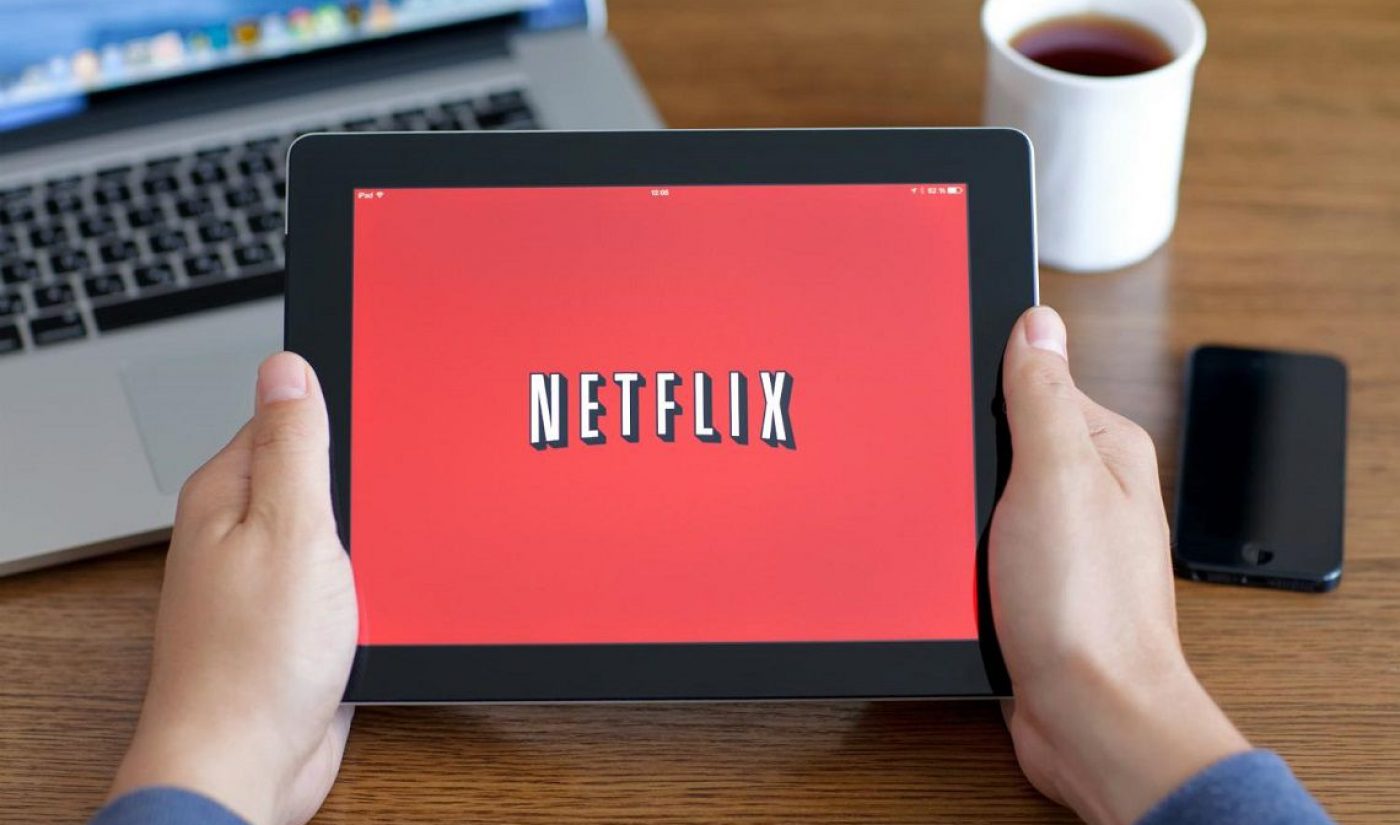Netflix is one of the most widely-used video-on-demand platforms in the U.S., accounting for up to 37% of downstream bandwidth traffic during peak evening hours. All that video streaming has routinely clogged up internet service providers’ bandwidth over the years and slowed down Netflix subscribers’ streaming quality, too. Last year, it became public knowledge the VOD platform even paid Comcast for its extended bandwidth usage in order to help improve the streaming experience for users.
Now, however, Netflix has a new strategy for upping the quality of subscribers’ streams. Instead of paying ISPs more to cover bandwidth usage or invest in upgrading its own network and systems, Variety reports Netflix will re-encode all its titles by hand to improve overall streaming quality.
Here’s a bit of background for non-technical internet users. Encoding is a way of converting data into an easily-transmitted or stored format. The larger the amount of data, the larger the final encoded file will be. These larger files (like movies on Netflix) then use up more bandwidth when subscribers stream them at their optimal quality. If subscribers don’t have enough bandwidth from their ISP, however, their streaming titles will start to take on a grainier, low-quality look because the stream is bottlenecked.

Subscribe to get the latest creator news
Up until now, Netflix was providing subscribers with titles in a few different encoding formats, automatically streaming the appropriate format (low, medium, or high) according to a particular subscriber’s home bandwidth speed. However, Netflix has realized not all movies and TV shows (and even individual episodes of a TV show) are created equally, at least in terms of encoding. For example, an animated show like My Little Pony won’t need the highest-quality encoding available like The Avengers would, because there’s less detail (and therefore less data) in an animated film or TV show.
“You shouldn’t allocate the same amount of bits for My Little Pony as for The Avengers,” explained Anne Aaron, Netflix’s Video Algorithms Manager. “A one-size-fits-all model doesn’t give you the most optimal quality.”
So the streaming platform will re-encode titles to optimize them individually for best quality, which should result in about 20% less data usage overall across streams. All titles will still be available in 1080p HD quality, but those same titles’ bitrates (how many bits per second can be transmitted digitally) will be lowered to use less data on titles like the aforementioned My Little Pony, where the picture difference won’t be noticed. This means Netflix subscribers with slow internet, who previously would’ve only been able to watch shows in regular SD quality, may have an easier time viewing all content in HD despite their low bandwidth, all thanks to a lower bitrate encoding strategy on the part of Netflix’s.
Variety reports Netflix’s teams have been working on this new technology since 2011. The streaming platform hopes to have all of its titles re-encoded by the end of the first quarter of 2016.








